Discover evidence-based pre k activities and educational toys that enhance child development. Expert guide for preschool educators and administrators.
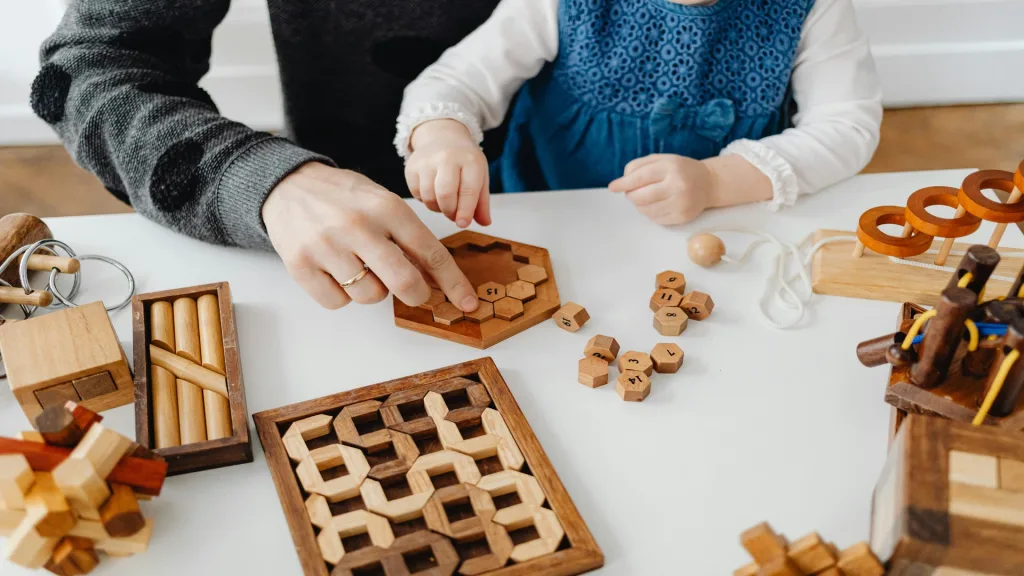
Table of Contents
- Why Pre-K Learning Activities Matter
- Essential Pre-Kindergarten Activities
- Educational Toys Selection Guide
- Subject-Specific Learning Activities
- Creating Effective Learning Environments
- Assessment and Progress Tracking
Pre-kindergarten represents a crucial developmental period where children aged 4-5 begin building the foundational skills they’ll need for formal education. According to the National Association for the Education of Young Children (NAEYC), effective pre k activities and selecting appropriate educational toys can make the difference between a struggling student and a confident learner ready for kindergarten success.
The Perry Preschool Project, a longitudinal study spanning over 40 years, demonstrates that high-quality pre-kindergarten programs yield a 7-to-1 return on investment through improved academic outcomes and reduced social services needs.
Why Pre-K Learning Activities Matter for Child Development
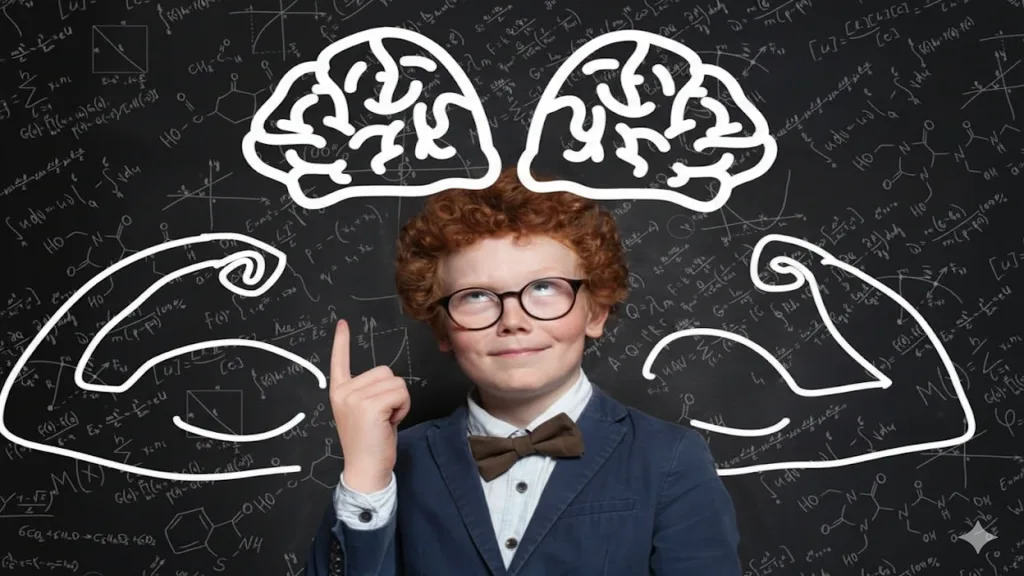
Research from the Harvard Center on the Developing Child consistently shows that quality pre k learning activities during this critical period establish neural pathways that support lifelong learning. The Zero to Three organization emphasizes that 90% of brain development occurs before age 5, making this period crucial for educational intervention.
Children who engage in structured learning activities for pre k show:
- Enhanced language and vocabulary development
- Improved mathematical reasoning abilities
- Stronger social-emotional skills
- Better fine and gross motor coordination
- Increased school readiness and academic confidence
Essential Pre-Kindergarten Activities for Your Classroom
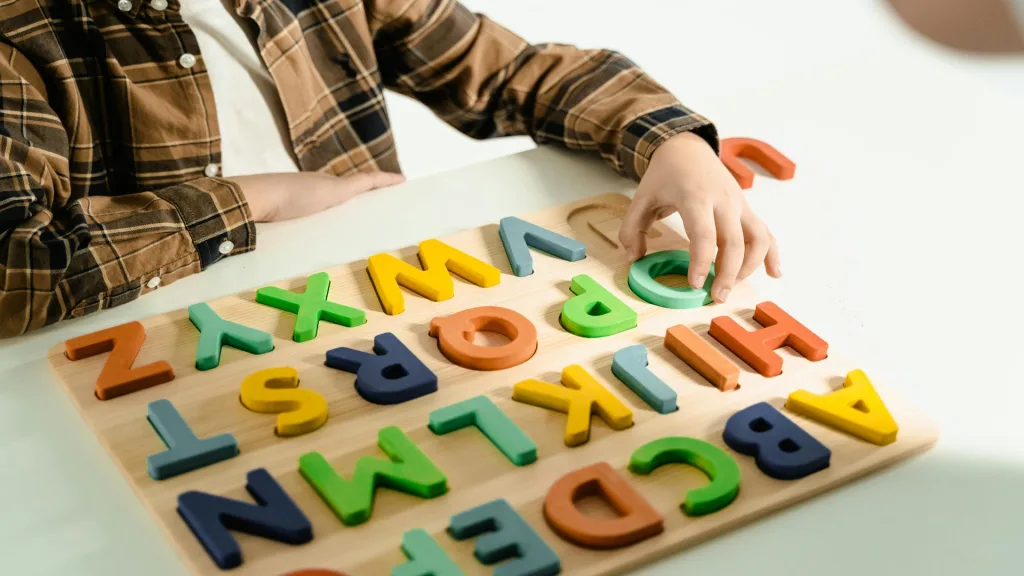
Language and Literacy Development Activities
Alphabet Recognition and Phonics Wooden alphabet blocks and letter sorting activities help children connect visual symbols with sounds. Pre kindergarten activities should include:
- Daily letter identification practice
- Sound-letter correspondence games
- Name recognition and writing preparation
Storytelling and Vocabulary Building Interactive storytelling with wooden character sets and scene builders encourages narrative thinking and expands vocabulary naturally.
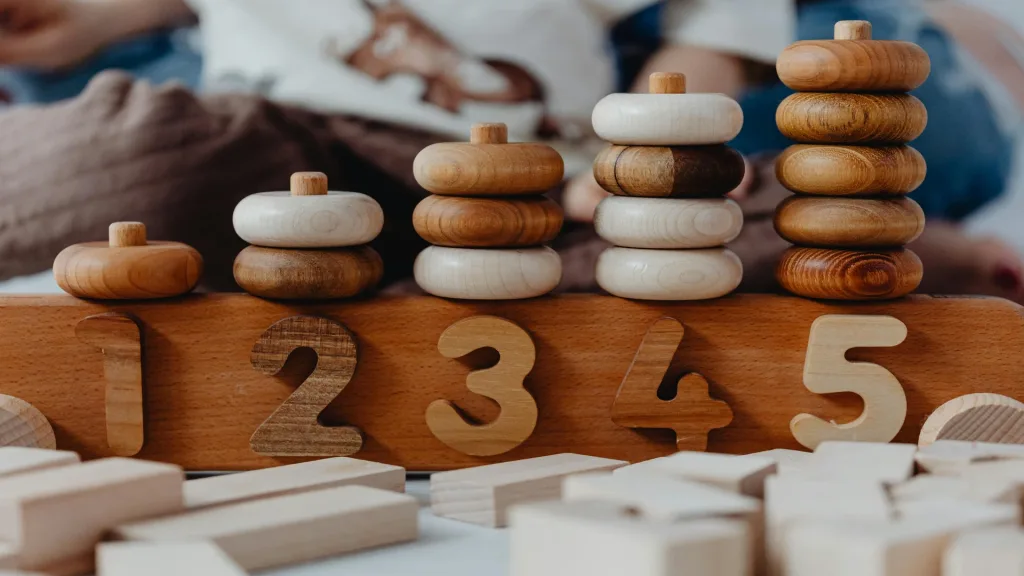
Mathematical Concepts Through Play
Number Recognition and Counting Wooden counting bears, number puzzles, and sorting activities make abstract mathematical concepts concrete and engaging.
Pattern Recognition and Sequencing Pattern blocks and sequencing games develop logical thinking skills essential for later mathematical success.
Basic Geometry and Spatial Awareness Shape sorters and building blocks introduce geometric concepts while developing spatial reasoning abilities.
Selecting Educational Toys for Pre-K Success
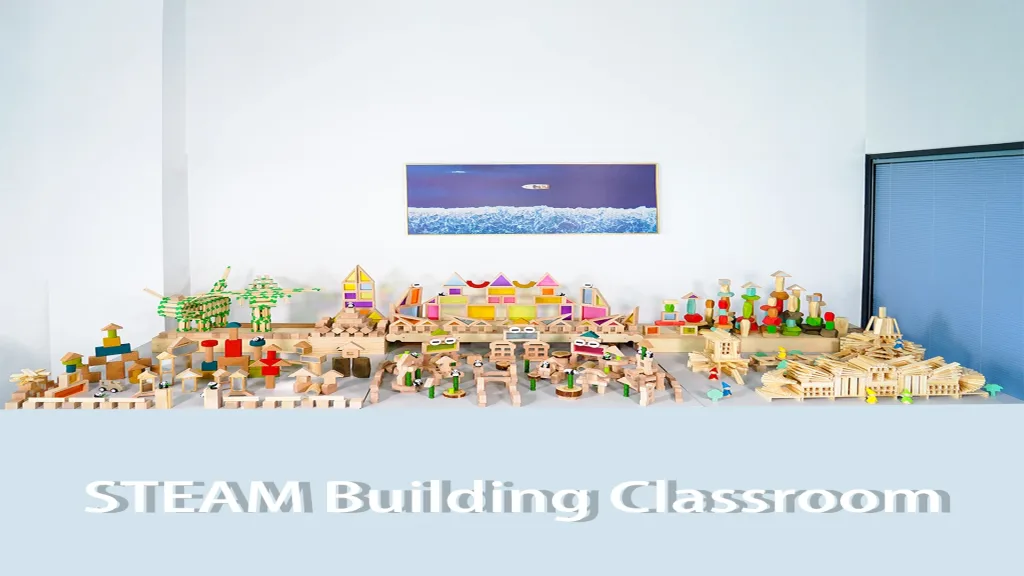
When choosing educational toys for your pre-kindergarten program, consider these research-backed criteria:
Quality and Safety Standards
All educational toys should meet or exceed CPSC safety requirements and be constructed from sustainable, non-toxic materials. The Head Start Program guidelines emphasize that classroom materials must support diverse learning styles while maintaining the highest safety standards. Wooden toys offer particular advantages:
- Durability for classroom use
- Natural, tactile learning experience
- Environmentally responsible choice
- Alignment with Montessori Method principles of natural materials
Multi-Sensory Learning Engagement
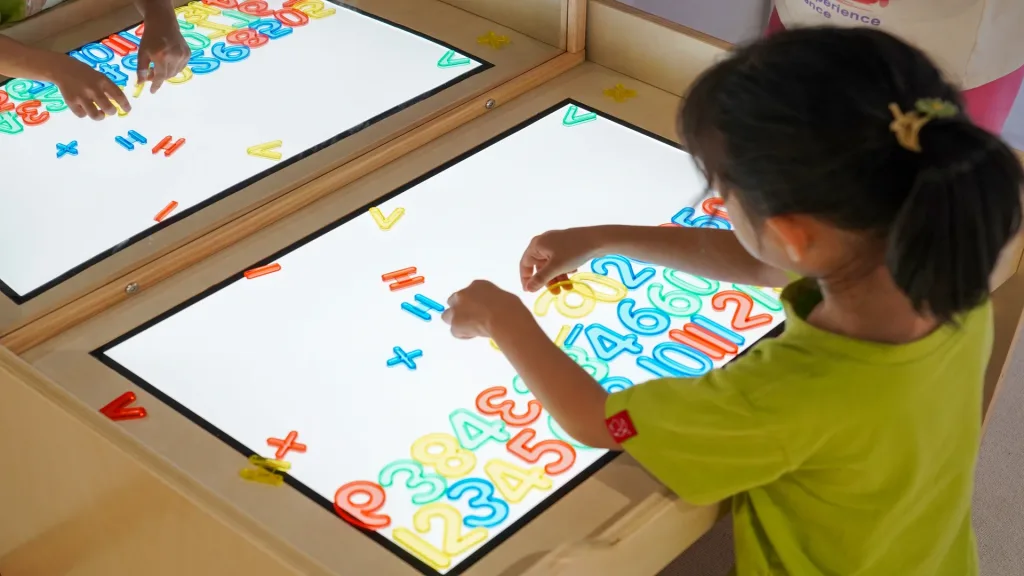
The most effective pre k activities engage multiple senses simultaneously. Look for toys that offer:
- Visual stimulation through colors and patterns
- Tactile exploration opportunities
- Auditory feedback and sound recognition
Developmental Appropriateness
Pre-kindergarten children have specific developmental needs that educational toys should address:
- Fine motor skill development through manipulation
- Problem-solving challenges at appropriate difficulty levels
- Social interaction and cooperative play opportunities
Top Pre-K Learning Activities by Subject Area
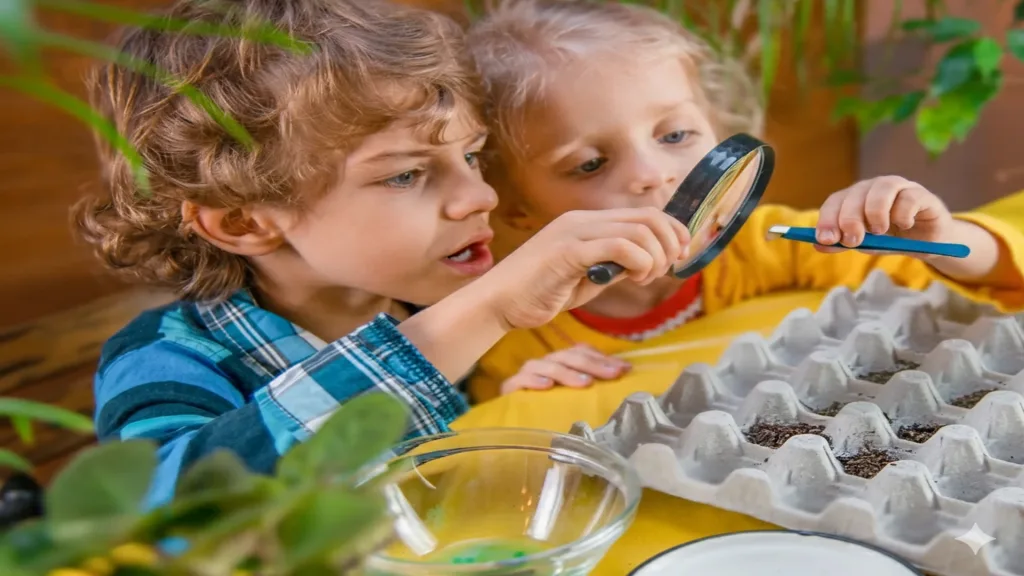
Science and Discovery Activities
Nature Exploration Magnifying glasses, collection containers, and classification systems help children develop scientific thinking skills.
Simple Experiments Color mixing, sink-and-float investigations, and plant growth observations introduce scientific methodology.
Creative Arts Integration
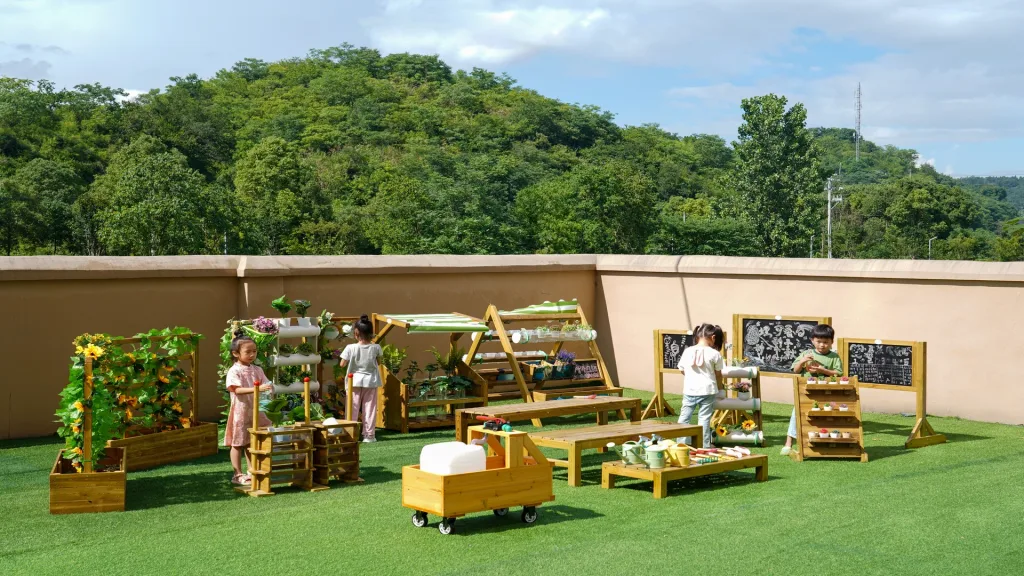
Art activities support both creative expression and academic skill development:
- Drawing and painting for fine motor development
- Sculpture and 3D construction for spatial reasoning
- Music and movement for rhythm and pattern recognition
Creating an Effective Pre-K Learning Environment
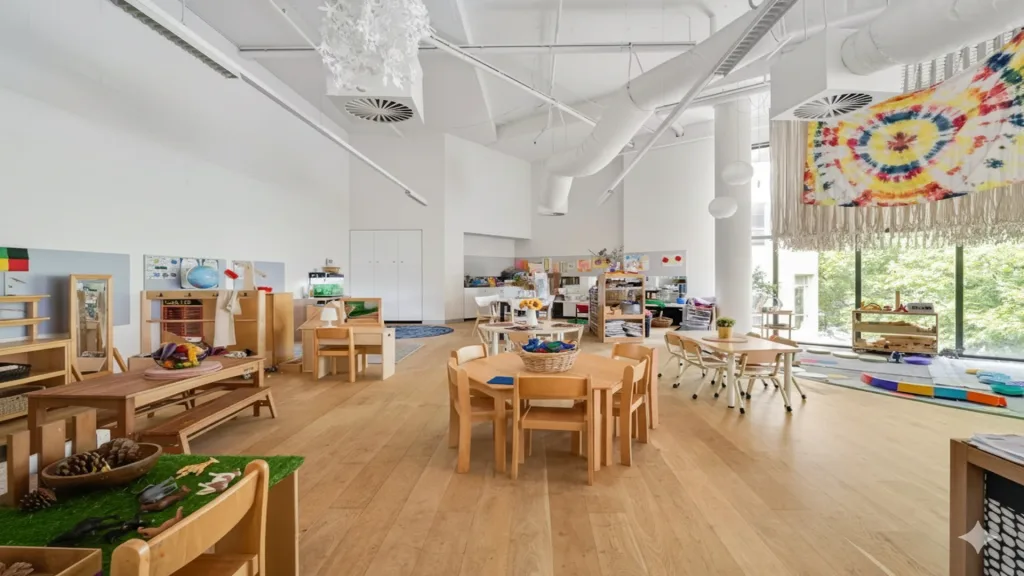
The physical environment significantly impacts the effectiveness of pre kindergarten activities. Consider these essential elements:
Learning Centers and Zones
Following the principles of the Reggio Emilia Approach, organize your classroom into distinct areas that support different types of learning. This Italian educational philosophy emphasizes the environment as the “third teacher,” creating spaces that inspire curiosity and discovery.
- Literacy Corner with books, alphabet materials, and writing tools
- Math Center featuring counting, sorting, and pattern activities
- Science Station with discovery tools and natural materials
- Creative Arts Area for open-ended exploration
Accessibility and Inclusion
The NAEYC Position Statement on Developmentally Appropriate Practice emphasizes that all pre k learning activities should accommodate diverse learning needs and abilities:
- Multiple difficulty levels within single activities
- Visual, auditory, and kinesthetic learning options
- Cultural responsiveness and representation
Evidence-Based Research on Pre-K Learning Activities

Longitudinal Research Findings
The Perry Preschool Project, conducted by the HighScope Foundation, represents one of the most comprehensive studies on early childhood education. This 40-year longitudinal study demonstrates that participants in high-quality pre kindergarten activities showed:
- 44% higher graduation rates
- 65% higher median earnings at age 40
- 41% lower special education placement
“The Perry Preschool findings provide compelling evidence that investing in high-quality early childhood programs generates substantial returns to society.” — Dr. Lawrence Schweinhart, President Emeritus, HighScope Educational Research Foundation
Expert Insights on Pre-K Development
Leading researchers emphasize the critical importance of structured pre k activities:
“Brain architecture is built through an ongoing process that begins before birth and continues into adulthood. The foundation is established early, and the quality of that foundation determines how well the brain will function throughout life.” — Harvard Center on the Developing Child
Dr. Deborah Phillips, Professor of Psychology at Georgetown University and co-editor of “Neurons to Neighborhoods,” notes: “Quality pre k learning activities provide the scaffolding children need to develop executive function skills that are predictive of later academic success.”
Head Start Program Research
The Head Start Program, the largest federally funded early childhood program in the United States, provides extensive research on effective pre kindergarten activities. Recent Head Start Impact Study findings show that program participants demonstrate:
- Improved school readiness across multiple domains
- Enhanced social-emotional development
- Better family engagement in education
Assessment and Progress Tracking

Effective learning activities for pre k include built-in assessment opportunities that help educators track student progress and adjust instruction accordingly.
Observable Learning Indicators
Monitor these key developmental markers during pre kindergarten activities:
- Language complexity and vocabulary usage
- Mathematical thinking and number sense development
- Social interaction and collaborative skills
- Problem-solving persistence and creativity
Professional Development and Implementation

Successful implementation of pre k activities requires ongoing professional development and support. Consider these strategies:
Staff Training and Support
- Regular workshops on child development and learning theory
- Hands-on training with new educational toys and materials
- Collaborative planning and reflection sessions
Conclusion: Investing in Pre-K Excellence
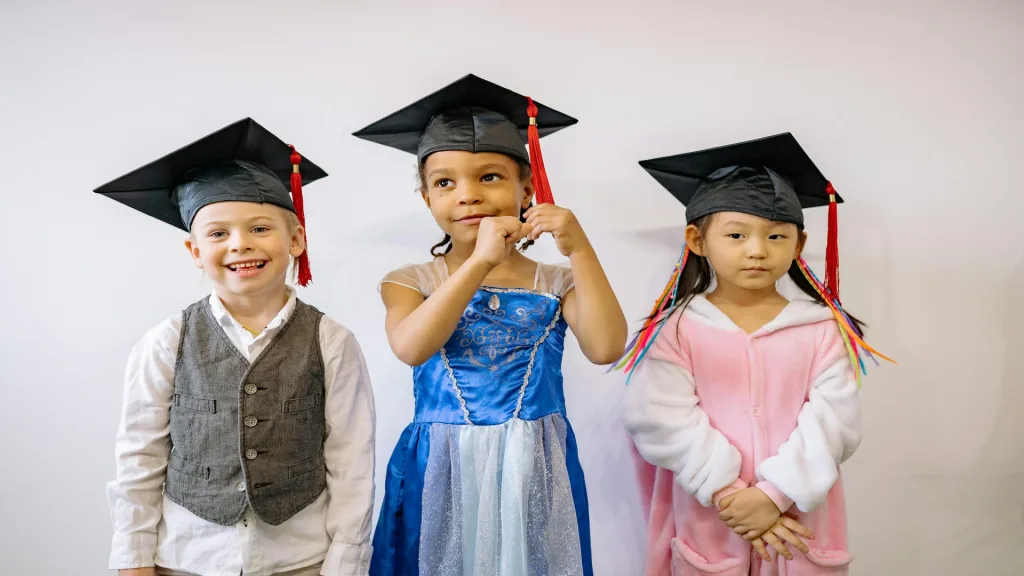
Quality pre k activities and carefully selected educational toys create the foundation for lifelong learning success. By investing in evidence-based learning activities for pre k, educational institutions demonstrate their commitment to child development and academic excellence.
The pre kindergarten activities outlined in this guide provide a comprehensive framework for supporting young learners during this critical developmental period. When combined with high-quality wooden educational toys and thoughtful environmental design, these activities create engaging, effective learning experiences that prepare children for kindergarten success and beyond.
About Our Educational Toys
Our company specializes in creating premium wooden educational toys designed specifically for preschool and early childhood education environments. Each product undergoes rigorous safety testing and is crafted from sustainable materials to support both child development and environmental responsibility.